Cough, Splutter. Being under the effects of the flu is no way to start a ride, let alone a review. Damien from Nicks Cycles had given me the bike to demo and review when I realised I was probably not going to do it justice in the state i was in!
Fast forward to when I was feeling better and could finally get to grips with the bike. The Trek Fuel EX is Trek’s XC/Trail 29er offering, the “8” model reviewed here sits at the top of the range in alloy frames with the carbon 9.9 and 9.8 Women’s above it in the range. Don’t let the fact it’s not the top model fool you though, this is still a well-put together package for the money. It’s a modern XC/Trail bike at heart with big 29″ wheels and modern trail geometry. There’s not many other places in bike land where you’ll find Fox suspension at both ends, a decent wheelset, adjustable geometry and Eagle 1×12 drivetrain for this money.
Floating on Fox suspension in a 34 Rhythm Float fork and a Float CTD rear shock along with the Trek proprietary Re:aktiv valving the suspension felt plush and active. Small bump compliance from the fork surprised me, the fork remained supple over all the hits I could throw at it and over rough terrain that can jar some other forks. I’m impressed with the new Rhythm GRIP damper, even as a low end damper it is miles ahead of FOX’s old Evolution series damper I had only a few years ago on my Trance. The 34mm stanchions and stiff chassis helps too, down loose descents I was able to keep a good line without being thrown around by fork deflection.
The rear shock just did its job, tracking over terrain as I expected, never getting hung up over hits or noticeably bottoming out. Over larger drops the 130mm travel did get used up but nowhere did I feel that it was a harsh bottom out. More aggressive riders could always put additional volume spacers in the shock, but they might be better served by the Remedy anyway.
The rider cockpit is sorted with a comfortable set of grips that I don’t think I’d change straight away unlike some others. The Bontrager house brand dropper post with 140mm drop is smooth and controlled by a lever that replaces where the front gear shifter would be on a 2x or 3x drivetrain setup with a smooth action. Steering is precise and dynamic with a short stem and low offset fork, G2 geometry as Trek call it. Coming off a 27.5″ trail rig normally there wasn’t much adjustment required other than a little more upper body work to get the front tyre and bars where I wanted them through tight trees, but that’d be true on any 29er.
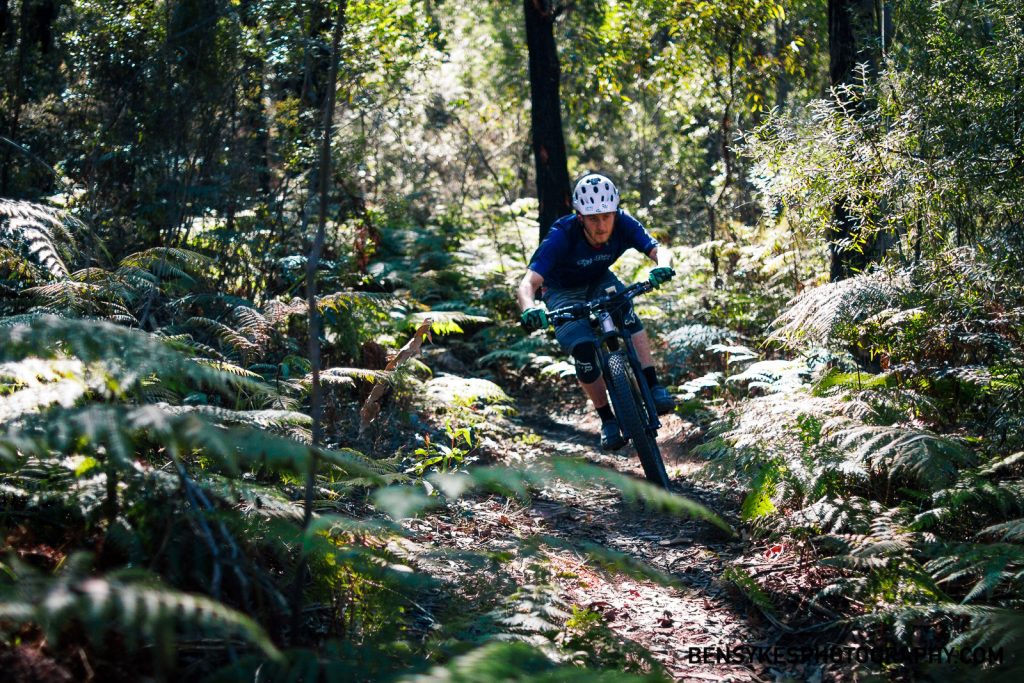
The GX Eagle performs well and great to see the 12 speed super wide range cassettes trickle down to a price point that lets it appear on a bike at this price point. Getting up steep hills was light work in the top cog, and the gearing of the top gear only very rarely had me spinning out.
SRAM’s Guide brakes provide the stopping power, with ample stopping power and plenty of modulation in the 4 piston calipers. Guides did have a bad reputation when they were introduced, but SRAM have fixed up the seizing lever issues of old with a new piston and spring design that should eliminate this problem going forward.
The Bontrager Line Comp 30 wheelset is well thought out, standard issue is 54 points of engagement and if that’s not enough you can spend an extra $40 or so for some extra pawls to take it to 108 points! My test bike had that upgrade and it was noticeable on putting the power down and definitely noisy. Not quite as noisy as my Hope Pro4 but not much else is! The rims are tubeless compatible and the tyres presented no problem mounting up tubeless with a normal floor pump. It’s good to see manufacturers getting behind the wide rim movement, the rims are an internal width of 30mm which helps fill out the 2.4″ wide tyres into a good shape and helps with less tyre squirm and the ability to run slightly lower pressures than normal.
The XR4 tyres certainly had enough grip for the normal sandy/rocky trails of the Blue Mountains. Normally with any bike I’d be switching straight away to a familiar tyre but I don’t think I’d be reaching straight away for the Minions with these.
Another feature of the Fuel EX is the Mino Link, which is a small flip chip on the upper seatstay. Switching the position of this allows the geometry to change slightly, in the “high” setting the head angle is 0.7 degrees or so steeper and the bottom bracket 7mm higher than in the Low position. I rode the bike mostly in the Low position which felt good coming from another long/low/slack geometry bike, but it’s nice to have the option of the High position for quicker steering and more ground clearance if you needed it, e.g. if you entered a Cross-Country race.
About the only downside of the package is the slightly high weight, coming in at 14.1kg (with pedals). Those concerned about weight might look at the Carbon versions of this bike which do shave quite a bit of weight off (The 9.9 spec is just under 12kg), or invest in some lower weight components. To put it in perspective though, this weight is pretty competitive with other similar-travel 29er bikes out there. Also the saddle wasn’t quite as comfortable as my normal WTB, but that’s personal preference and easily changed.
Overall the Fuel EX 8 is a great overall package that will satisfy many riders after a good value no-nonsense trail bike.
The 2018 Trek Fuel EX 8 retails for $4,299 and is available at Trek dealers Australia wide.
—
Thanks to Nicks Cycles for the demo bike on review here http://www.nickscycles.com
Trek Bikes Australia http://trekbikes.com/au/
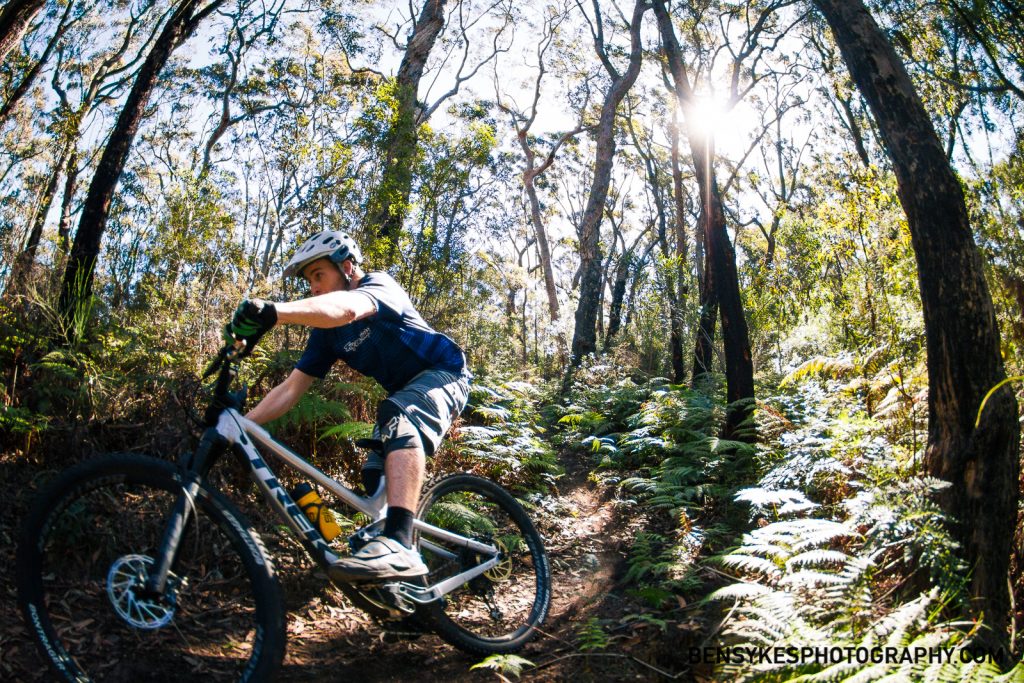
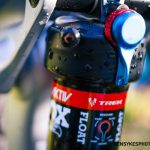
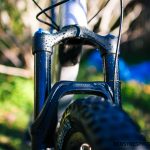


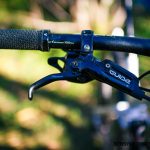
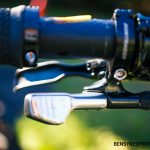

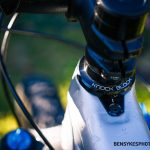


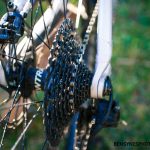
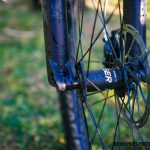
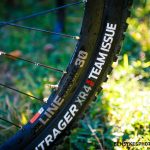
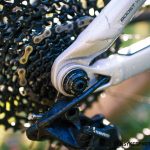

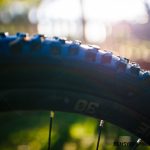
4 Comments